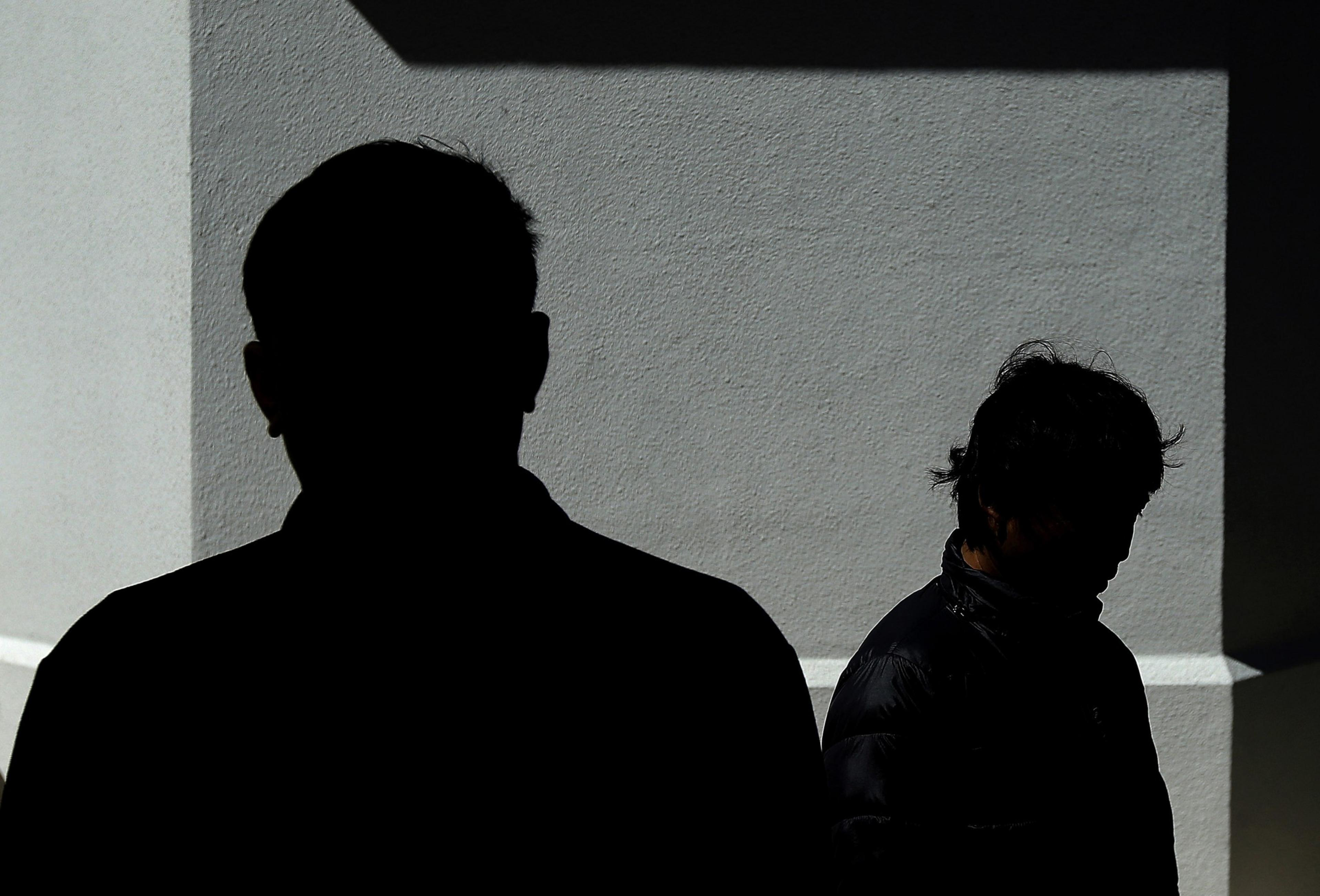San Francisco’s efforts to fight human trafficking needs a revamp, a new report reveals.
The 50-page report (opens in new tab), released Thursday by the budget and legislative analyst of the Board of Supervisors, concludes that the city isn’t doing enough to address forced labor and commercial sex acts, with a troublingly low number of cases uncovered by law enforcement every year, few police officers dedicated to human trafficking, and a lack of urgency in coordination among city and regional government agencies.
“The findings make it clear: San Francisco needs proper funding and a comprehensive, coordinated effort — one we’re committed to achieving alongside our city and community partners,” Supervisor Catherine Stefani said. Stefani called for the report in February after holding a hearing on human trafficking.
The BLA report, which examined trafficking between 2018 and 2023, found that law enforcement reported an average of 44 incidents of both labor and sex trafficking annually. But when compared to nationwide averages, cases should have numbered somewhere between 243 and 728 per year.
In that five-year period, a total of 11 cases went to court in San Francisco, with only five resulting in convictions. Three cases are pending.
The new report aims to help San Francisco catch up with better-funded and more organized counties in the Bay Area, like Santa Clara County. While the report offers a road map for curbing human trafficking, there are no requirements that its recommendations be followed.
Experts attribute the underreporting to the complex nature of the cases. Often, survivors are unwilling to work with police, since they are dependent on traffickers for their livelihoods.
But a big problem is funding, said Toni Eby, the head of the trafficking-survivor service provider San Francisco SafeHouse. Her organization served nearly 200 survivors in SF in 2023.
“We’ve just seen a historical underfunding of anti-violence programs in the city,” she said. “We don’t have enough resources dedicated to this population, so therefore we don’t have enough capacity to really reach into the population.”
Eby said getting good data has also been a problem. “There’s been a lot of inconsistency on the state of human trafficking in San Francisco reports,” she said. “If you look at previous reports, they were interviewing 19 agencies. I think the most recent interviewed was seven or eight.”
This lack of data, Eby said, puts her organization in a catch-22 with the city. “The city wants to underfund us because we don’t have the data, because they’re not providing enough resources for us to do that kind of work.”
As for the city, it doesn’t have the resources to fully address trafficking, according to the report.
The San Francisco Police Department, short an estimated 500 officers, has only two officers who specialize in human trafficking. The report recommends allocating more dedicated officers and training all officers on human trafficking.
“The San Francisco Police Department takes human trafficking very seriously and remains committed to a collaborative approach in addressing this complex issue,” a spokesperson said. “Our Special Victims Unit actively encourages victims to participate in investigations, aiding in the building of strong cases to hold traffickers accountable.”
The report also recommends adopting a protocol similar to the one used by Santa Clara County.
Santa Clara County’s protocol establishes standards for public safety investigators, patrol officers, and dispatchers for handling human trafficking incidents. It also calls for collaboration with community-based organizations that provide services to survivors. Its first objective is to investigate and prosecute traffickers, while protecting survivors.
The recent report highlights the city’s bureaucratic shortcomings and suggests that the solution is more bureaucracy: The Mayor’s Task Force on Human Trafficking hasn’t met since August 2019. The proposed solution? Move it under the newly formed Office of Victim and Witness Rights, which was established by voters in 2022 to consolidate and coordinate services for the victims and witnesses of crime.
The mayor’s office and the Department on the Status of Women said work to reinstitute the task force began late last year.
“Moving forward, the city looks to develop a comprehensive strategic plan which will include the mission, objectives, and timelines,” the mayor’s office and DOSW said in a statement. “The overarching goal is to have a Bay Area collective of municipal and county agencies working together on a regional response to all forms of human trafficking.”
If you think someone is in immediate danger, authorities urge you to immediately call 911. You can also call the San Francisco Hotline at 415-907-9911 or the National Human Trafficking Hotline at 888-373-7888.

